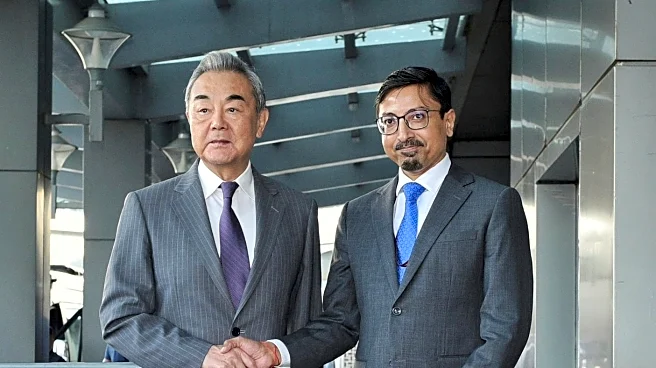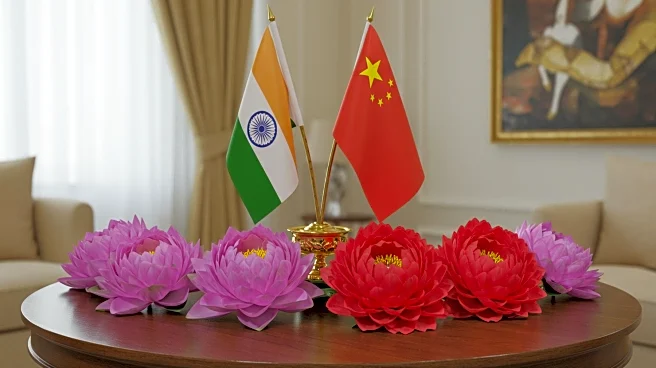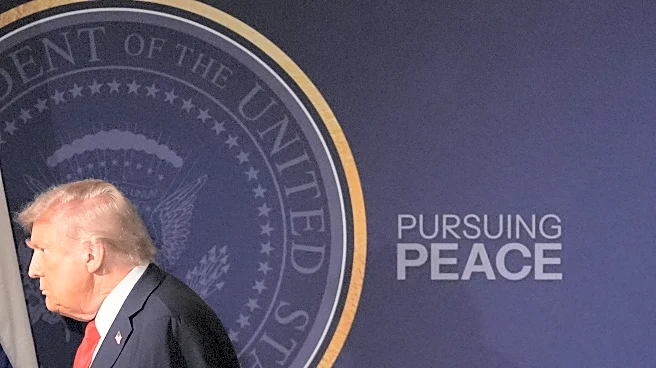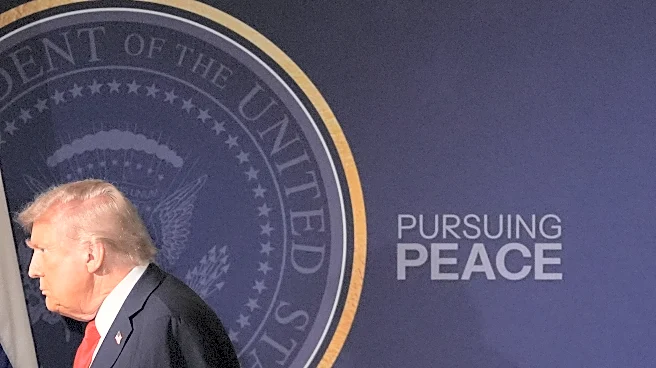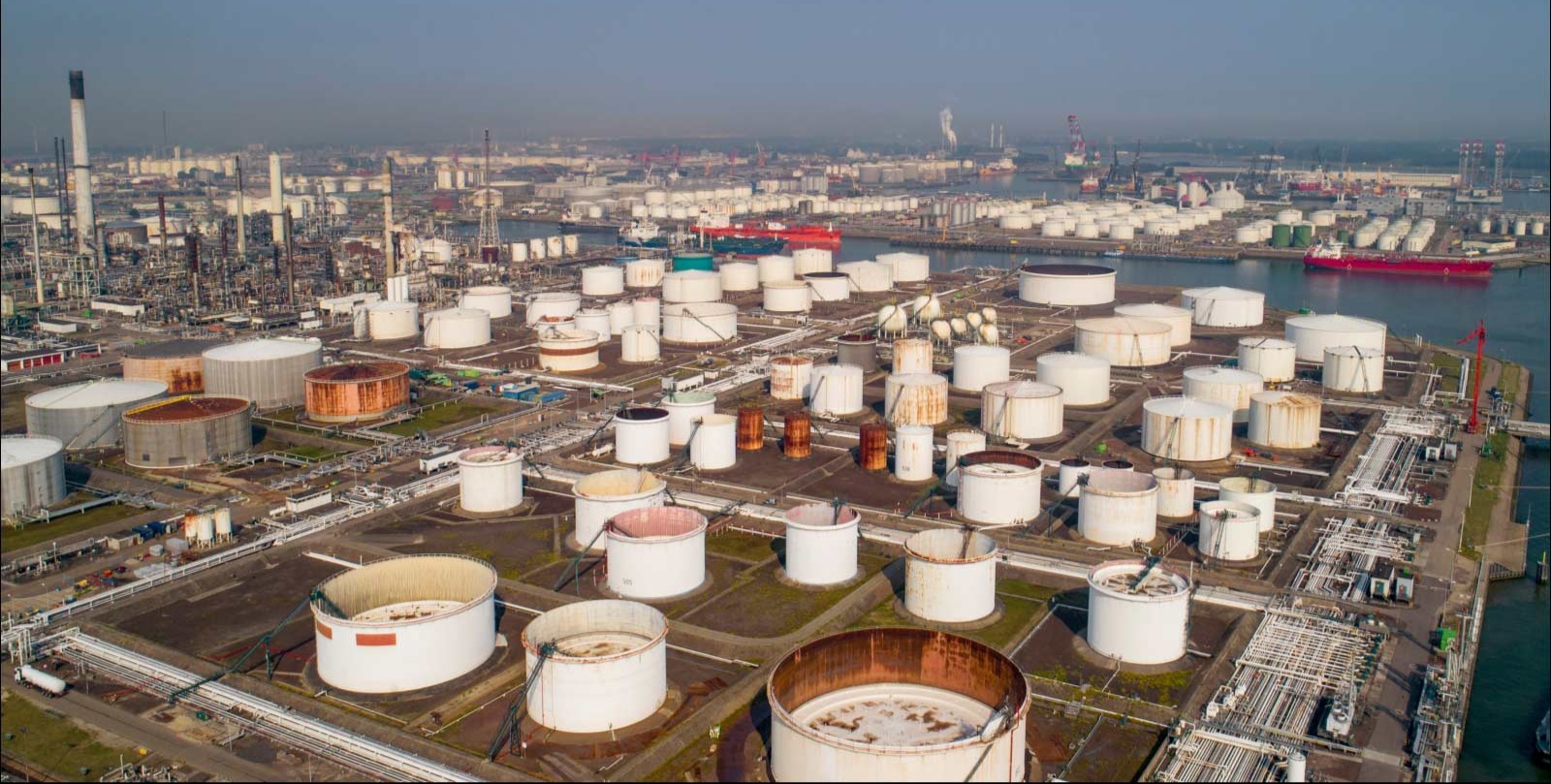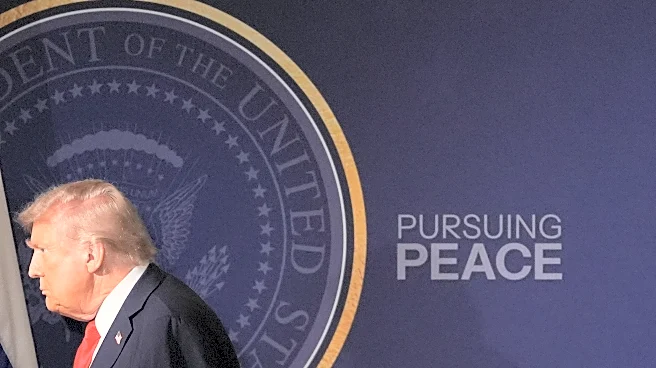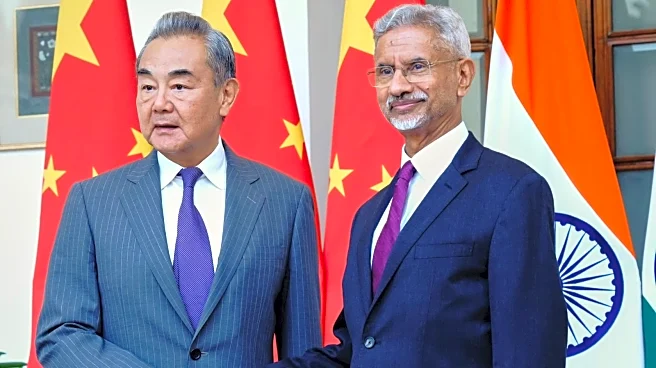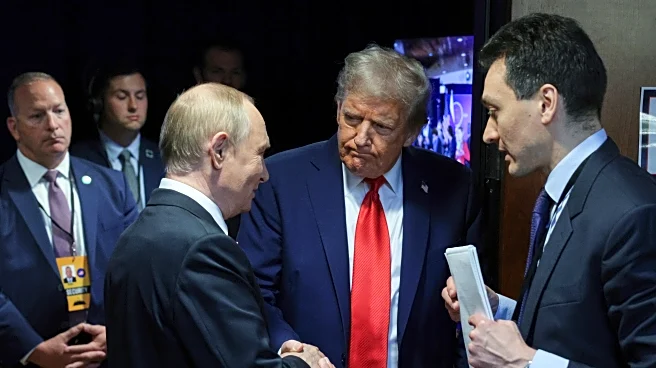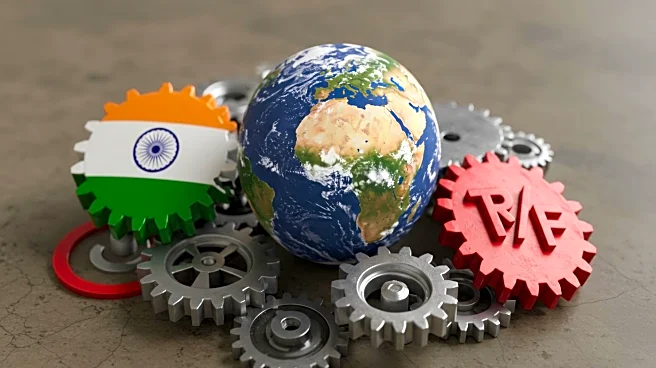NEW DELHI (AP) — Indian Prime Minister Narendra Modi met China’s top diplomat on Tuesday and hailed the “steady progress” made in improving the bilateral relationship after a yearslong standoff between the nuclear-armed Asian powers.
Modi also noted “respect for each other’s interests and sensitiveness” in a statement on social media after meeting Chinese Foreign Minister Wang Yi. China’s foreign ministry said the countries have entered a “steady development track" and the countries should “trust
and support” each other.
Wang arrived in India on Monday and has met with Foreign Affairs Minister Subrahmanyam Jaishankar as well as National Security Adviser Ajit Doval about the countries' disputed border in the Himalayan mountains. India's foreign ministry said Wang's meeting with Doval discussed “deescalation, delimitation and boundary affairs.”
Relations plummeted in 2020 after security forces clashed along the border. The violence, the worst in decades, left 20 Indian soldiers and four Chinese soldiers dead, freezing high-level political engagements.
“The setbacks we experienced in the past few years were not in the interest of the people of our two countries. We are heartened to see the stability that is now restored in the borders,” Wang said Monday.
Modi emphasized the importance of maintaining peace and tranquility on the border and reiterated India's commitment to a “fair, reasonable and mutually acceptable resolution of the boundary question,” his office said in a statement.
The rebuilding of India-China ties coincides with friction between New Delhi and Washington after U.S. President Donald Trump imposed steep tariffs on India, a longtime ally seen as a counterbalance against China's influence in Asia. India is part of the Quad security alliance with the U.S., along with Australia and Japan.
The chill in relations after the deadly clash in 2020 between troops in the Ladakh region affected trade, diplomacy and air travel, as both sides deployed tens of thousands of security forces in border areas.
Some progress has been made since then.
Last year, India and China agreed to a pact on border patrols and withdrew additional forces along some border areas. Both countries continue to fortify their border by building roads and rail networks.
In recent months, the countries have increased official visits and discussed easing some trade restrictions, movement of citizens and visas for businesspeople. In June, Beijing allowed pilgrims from India to visit holy sites in Tibet. Both sides are working to restore direct flights.
Last week, the spokesman for India’s foreign ministry, Randhir Jaiswal, said India and China were in discussions to restart trade through three points along their 3,488-kilometer (2,167-mile) border.
“Settling the boundary issue between the two countries requires political compromise at the highest political level,” said Manoj Joshi, a fellow at the Observer Research Foundation, a New Delhi-based think tank. He also served as a member of the advisory board for India’s National Security Council.
The thaw between Beijing and New Delhi began last October when Modi and Chinese President Xi Jinping met at a summit of emerging economies in Russia. It was the first time the leaders had spoken in person since 2019.
Modi is set to meet Xi when he travels to China late this month — his first visit in seven years — to attend the summit of the Shanghai Cooperation Organization, a regional grouping formed by China, Russia and others to counter U.S. influence in Asia.
Earlier this year, Xi called for India and China’s relations to take the form of a “dragon-elephant tango” — a dance between the emblematic animals of the countries.
Last month, India's external affairs minister visited Beijing in his first trip to China since 2020.
The renewed engagement comes as New Delhi’s ties with Trump are fraying. Washington has imposed a 50% tariff on Indian goods, which includes a penalty of 25% for purchasing Russian crude oil. The tariffs take effect Aug. 27.
India has shown no sign of backing down, instead signing more agreements with Russia to deepen economic cooperation.
Trump’s renewed engagement with India’s arch rival, Pakistan, has also encouraged New Delhi’s overtures to China, said Lt. Gen. D.S. Hooda, who led the Indian military’s Northern Command from 2014 to 2016.
In June, Trump hosted Pakistan's army chief for a White House lunch and later announced an energy deal with Islamabad to jointly develop the country’s oil reserves. Both followed Trump’s claims of brokering a ceasefire between India and Pakistan after the two sides traded military strikes in May.
That clash saw Pakistan use Chinese-made military jets and missiles against India.
“China is heavily invested in Pakistan and, practically speaking, you can’t have any expectation that Beijing will hold back support to Islamabad," Hooda said. “But you can’t have two hostile neighbors on your borders and simultaneously deal with them also.”
___
Associated Press writer Aijaz Hussain in Srinagar, India, and video producer Liu Zheng in Beijing contributed to this report.
